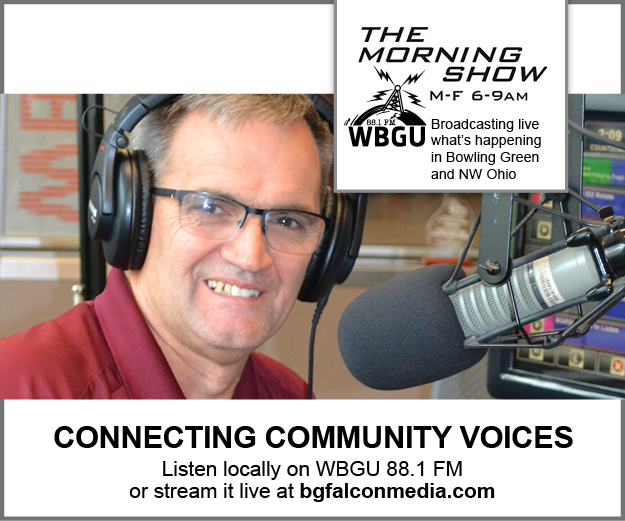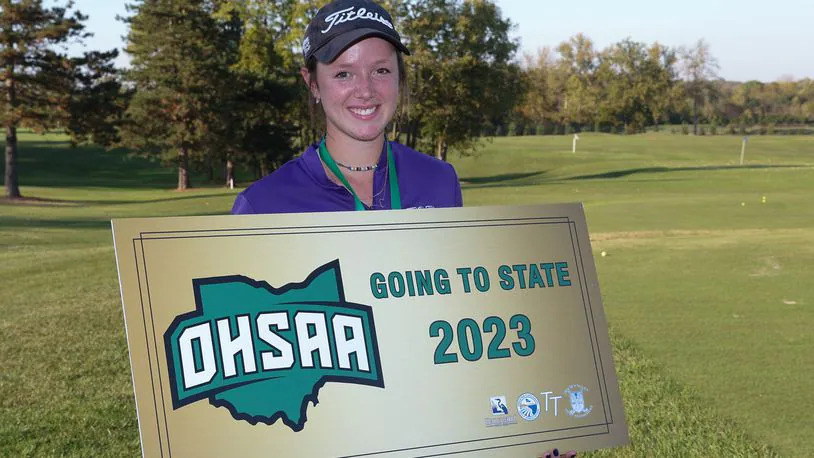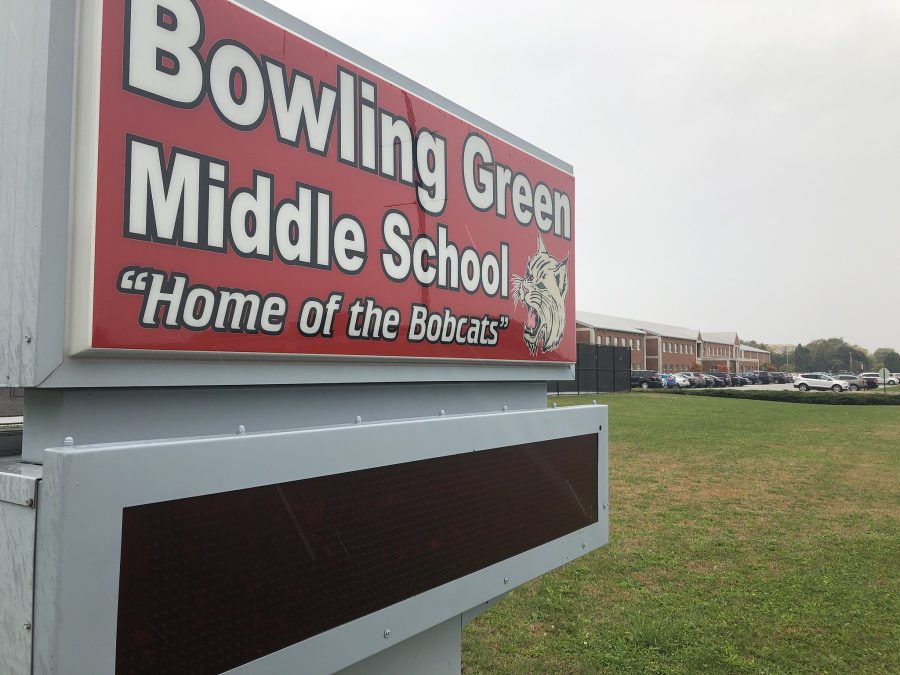WASHINGTON – New technology such as alcohol-detecting devices in cars may hold the key to eliminating drunken driving, according to a campaign begun yesterday by Mothers Against Drunk Driving.
The organization, along with the Department of Transportation, is pushing for such devices as well as tougher enforcement measures around the country.
“If we can’t stop drunks from driving, we’ll stop vehicles from driving drunks,” said Glynn Birch, president of MADD, at a news conference. Birch said technology, along with tougher laws and enforcement, has put eliminating drunken driving “at our fingertips.”
The organization wants states to pass laws requiring breath-test interlock devices in vehicles for all those who have been convicted of drunken driving. New Mexico has such a law for first offenders; 45 states and the District of Columbia allow the device for some offenders.
Interlock devices require drivers to blow into an instrument that measures alcohol. The vehicle won’t start unless the driver’s blood alcohol concentration is below a preset level. Other interlocks may require drivers to breathe into the devices periodically.
“The main reason people continue to drive drunk today is because they can and because we let them,” Birch said.
MADD estimates that 1,900 lives could be saved each year if interlocks were installed in the vehicles of all convicted drunken drivers.
The American Beverage Institute, which represents restaurants, says MADD’s campaign is overreaching.
“Our general position is that the interlock campaign is not about eliminating drunk driving, it’s about eliminating all moderate and responsible drinking prior to driving and Americans should be outraged by this,” said Sarah Longwell, spokeswoman for the association.
As part of the MADD campaign, safety experts will explore other technology options. Some alternatives could measure blood alcohol concentration by sampling air in the vehicle or tracking hand or eye movements that might indicate drowsiness or drunken behavior.
“Advanced technology is being developed that in the future may allow quick, accurate and reliable detection of drinking drivers in the time it takes to start a vehicle,” said Susan Ferguson, senior vice president of research at the Insurance Institute for Highway Safety, who will chair the panel.
MADD also wants states to implement more sobriety checkpoints.
The federal government has set aside $7 million for advertising in December to remind drivers that if they are over the legal limit, they can be arrested.
Each year, nearly 13,000 people are killed in accidents involving drivers with blood alcohol concentrations of .08 or above, according to MADD.
Other organizations joining the campaign include the National Highway Traffic Safety Administration, the Distilled Spirits Council and the International Association of Chiefs of Police.

















